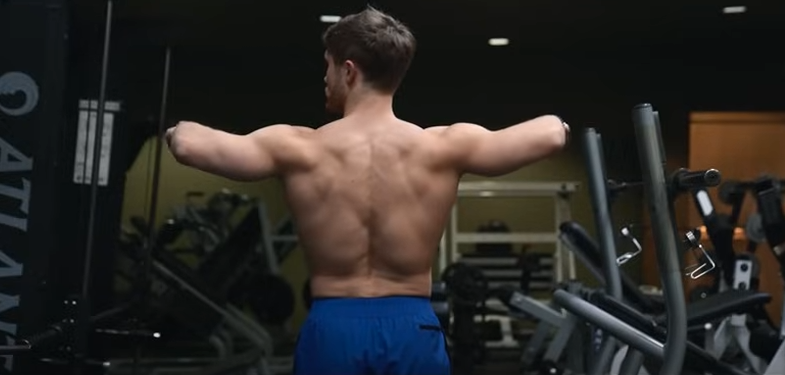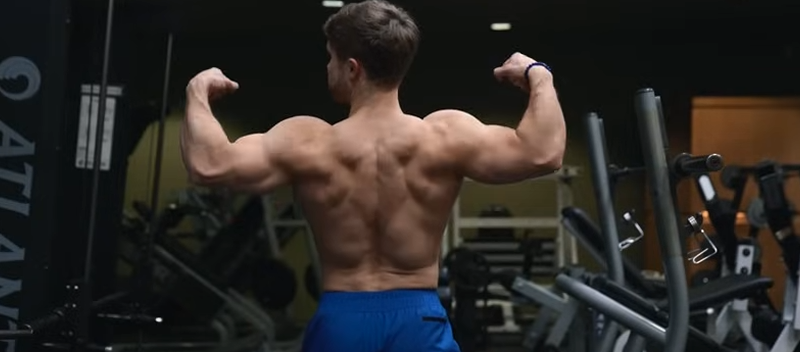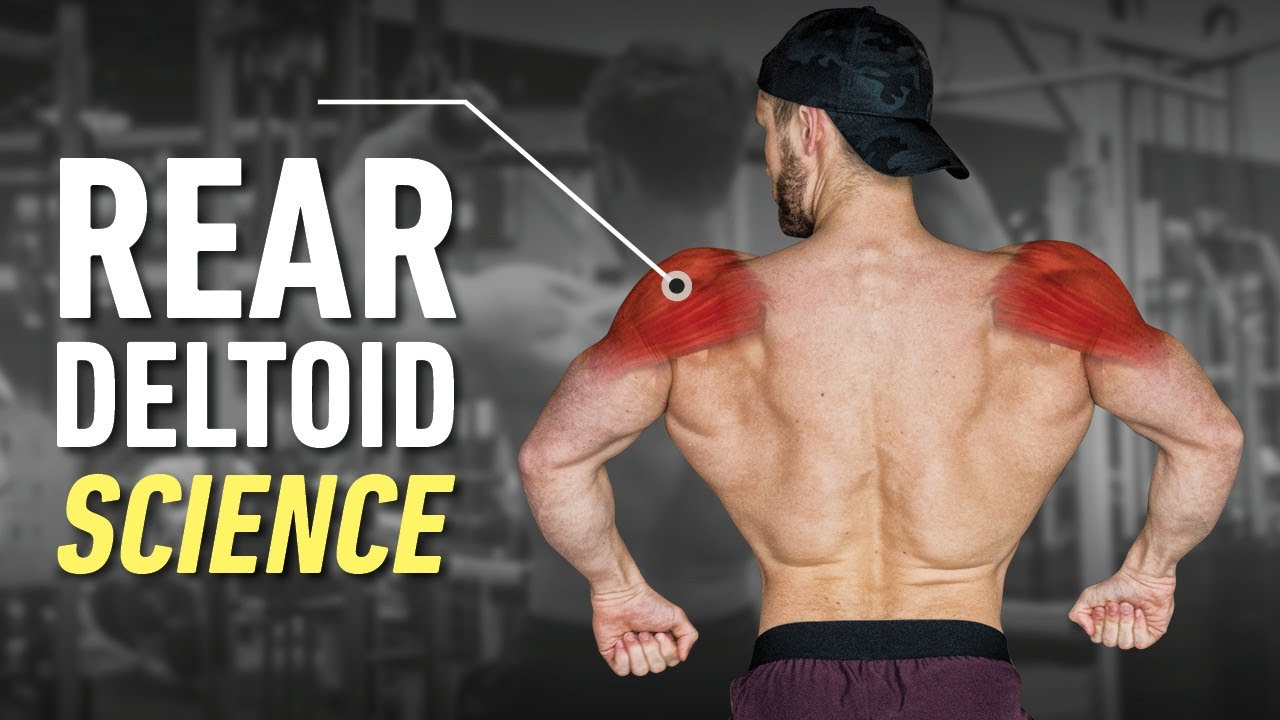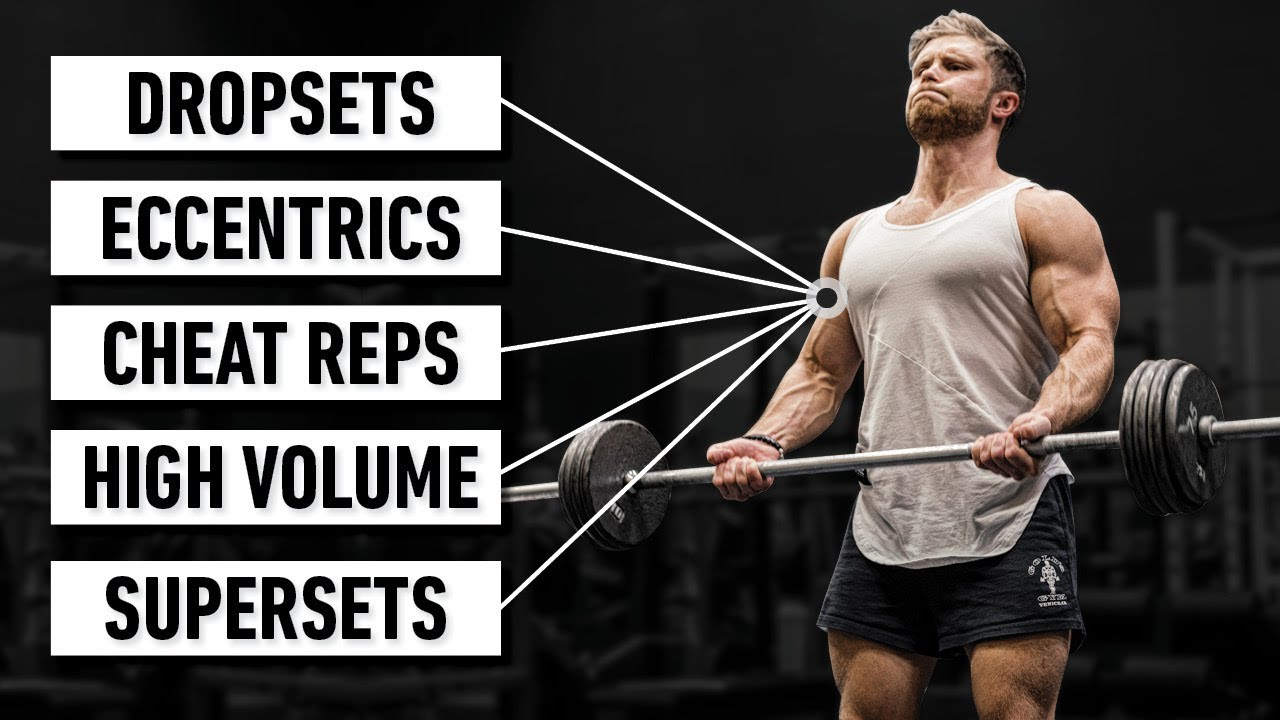When it comes to building a complete, balanced physique, many lifters focus heavily on the front and side delts while neglecting the rear delts. This common mistake not only affects aesthetics—creating a rounded, forward-slumped look—but also compromises shoulder health and posture. Strong, well-developed rear delts help stabilize the shoulder joint, improve pressing strength, and enhance the overall width and thickness of your upper body.
This guide breaks down the science of rear delt training, including the best exercises, proper technique tips, and programming strategies to maximize growth.

Why Training the Rear Delts Is Crucial
The posterior deltoids (rear delts) perform two primary functions:
- Horizontal Shoulder Abduction (Transverse Abduction)
This movement occurs when you move your arms outward in the horizontal plane—think reverse flies or wide-grip rows. - External Shoulder Rotation
The rear delts also play a role in externally rotating the shoulder, which is critical for shoulder stability and injury prevention.
While compound pulling exercises such as rows and pull-ups activate the rear delts, EMG studies show that isolation exercises produce significantly higher activation levels. If you’re serious about maximizing growth, direct rear delt work is essential.
Best Exercises for Rear Delt Development
1. Rope Face Pull
The rope face pull is arguably the most effective rear delt exercise because it combines transverse abduction with external rotation, hitting both key functions of the posterior deltoids.
How to Perform:
- Set a rope attachment at shoulder height on a cable machine.
- Grip the rope with a neutral grip (thumbs facing each other).
- Step back into a stable stance and slightly retract your shoulder blades.
- Pull the rope toward your forehead, leading with your elbows.
- Focus on depressing your shoulder blades slightly as you pull, engaging the traps and stabilizing the shoulder joint.
- Control the negative phase by slowly returning to the starting position.
Training Tips:
- Use lighter weights (15–20 reps) to maintain proper form and keep constant tension on the rear delts.
- Imagine performing a rear double biceps pose as you pull, which improves the mind-muscle connection.
Aside from muscle growth, face pulls are excellent for strengthening the rotator cuff and improving posture, making them perfect to include on push or shoulder days.
2. High Cable Face Pull (Chin-Level Row Variation)
A variation of the traditional face pull, this version removes the external rotation component and acts more like a high row, engaging not only the rear delts but also the rhomboids, traps, and biceps.
How to Perform:
- Set the rope at eye level.
- Pull the rope straight back toward your chin, focusing on squeezing your shoulder blades together.
- Keep your torso stable—some lifters prefer bracing against a bench or performing this half-lying to increase stability for heavier loads.

Training Tips:
- Go slightly heavier than the standard face pull, aiming for 12–15 reps per set.
- Keep your elbows high and control the negative to avoid turning it into a momentum-based row.
3. Reverse Pec Deck Fly
If you have access to a pec deck machine, the reverse fly variation is one of the most effective ways to isolate the rear delts. EMG studies consistently show high rear delt activation with this exercise.
How to Perform:
- Sit facing the machine with your chest against the pad.
- Grab the handles with either a neutral grip (palms facing each other) or a pronated grip (palms down).
- Slowly move the arms outward, keeping the elbows slightly bent.
- Focus on swinging the arms outward rather than pulling straight back.
Grip Considerations:
- Some research suggests that a neutral grip with slight external rotation activates the rear delts more effectively.
- However, individual differences exist—choose the grip that gives you the strongest rear delt contraction.
Use moderate weight and higher reps (12–20) to keep constant tension and avoid jerking the weight.
4. Bent-Over Dumbbell Reverse Fly
This free-weight alternative is great when you don’t have access to machines. However, tension on the rear delts is highest at the top of the movement, with minimal tension at the bottom.
How to Perform:
- Hold dumbbells and hinge at the hips until your torso is nearly parallel to the floor.
- Keep a neutral spine and maintain a slight bend in your elbows.
- Raise the dumbbells outward in an arc until they’re level with your shoulders.
- Lower them slowly, stopping just short of the bottom to keep tension.
Pro Tips:
- Use a pronated (palms down) grip for better rear delt engagement.
- Focus on moving the arms outward rather than backward to prevent the traps from taking over.
Stick to light to moderate weights for 12–15 reps, prioritizing form and control over heavy loading.

5. Dumbbell Face Pull (Bent-Over Variation)
If cables aren’t available, you can mimic a face pull using dumbbells.
How to Perform:
- Bend forward at the hips with dumbbells in hand.
- Pull the weights toward your ears or upper neck, leading with your elbows.
- Externally rotate slightly at the top to mimic the rope face pull’s movement pattern.
This is a great alternative when training at home or in a minimalist gym.
Common Rear Delt Training Mistakes
Many lifters fail to see rear delt growth because they unknowingly recruit other muscles instead. Here’s what to avoid:
- Turning Rear Delt Movements Into Rows
Excessive scapular retraction shifts the workload to the traps and rhomboids. Keep the arms moving outward, not backward. - Using Too Much Weight
Rear delts respond better to moderate loads and strict form. Swinging heavy weights turns the movement into a momentum-based row. - Neglecting Mind-Muscle Connection
Focus on feeling the rear delts working. Slow down the movement, especially on the eccentric (lowering) phase. - Poor Range of Motion
Cutting reps short or locking out at the bottom reduces time under tension. Maintain a controlled, full range for optimal hypertrophy.
Programming Rear Delt Work
Because the rear delts are already involved in pulling movements, they don’t need excessive volume. However, most lifters under-train them, so 2–4 dedicated rear delt exercises per week is ideal.
A sample weekly rear delt routine could look like this:
- Push Day: Rope Face Pull – 3 sets, 15–20 reps
- Pull Day: Reverse Pec Deck – 3 sets, 12–15 reps
- Optional Finisher: Bent-Over Reverse Fly – 2 sets, 12–15 reps
Final Thoughts
Strong, well-developed rear delts are crucial for both aesthetics and performance. Incorporating a mix of face pulls, reverse pec deck, and rear delt flies will give you the best results. Focus on strict form, moderate weights, and higher reps to maximize muscle activation.
Train them consistently for 8–12 weeks, and you’ll notice improved posture, healthier shoulders, and a more balanced upper-body appearance.



